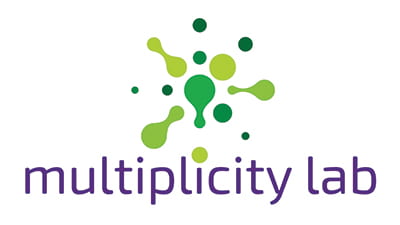Image of the Week: Welcome Back!
August 18, 2024Welcome Back!
Welcome back for the start of the 2024 – 25 school year! Here at multiplicity lab we’ve spent the summer building many new activities for you and your students, several of which have been designed by our Teacher Advisory Board – including this Image of the Week.
If you are preparing for a new school year, make us part of your plans! Include Look-Think-Talk activities at the beginning of every lesson – or even as a whole lesson – to help students learn what it means to do mathematics. Welcome your students back with images that will spark wonder and communicate that in mathematics, it is multiplicity that matters! Students need practice to learn to share their thinking, take risks, develop multiple ways of seeing and thinking, and pose questions.
Try launching one of your first math lessons with a notice and wonder activity using this image or any of the Notice & Wonder images on our website. What’s wonderful about these activities, especially at the beginning of a new year, is that they are not about finding the right answer. Instead, they open up space for students to see, think, interpret, and pose questions, and there are an infinite number of ways to do that, which means every child can contribute and be heard.
Take a look at the image of the week. What could students notice and wonder? You can try this with children of any age and depending on the grade and their experience, they might notice some of these features:
- It’s the center of a flower.
- There are lots of petals.
- The petals get small toward the center or larger toward the edges.
- There are different colors or kinds of petals, moving from the outside toward the center (or vice versa).
- It looks symmetrical – left to right or top to bottom.
- There are clusters of petals.
- In the center there are six clusters of petals that makes a kind of hexagon.
- The very center looks like a star.
Building on these observations, students might then pose questions like:
- What are all the shapes we can find in these petals? Are they all going to have six sides?
- How many petals are there in this flower? Could we count them or would we have to estimate?
- How many lines of symmetry are there?
- Could the symmetry help is figure out how many petals there are?
- How many kinds of petals are there? Are all the parts we see in the image petals? Why are there different kinds of petals?
- What kind of flower is this? How big is it in real life?
- Are all flowers structured like this one? What other patterns can we find zooming in on other kinds of flowers?
You can see that in just one conversation, you might delve into attributes, structure, estimation, counting, patterning, symmetry, and geometry. You can just wonder with your students or use this conversation to spur further investigation. Consider giving students printouts of the pdf version of this activity so they can annotate it or even fold of cut it to explore the symmetry or geometry of the flower.
The point is that every child can cultivate a sense of mathematical wonder if we make space for in the classroom. What better time than now?
AND if you are planning on attending this year’s NCTM Annual Meeting in Chicago at the end of September, come see us in person as we share ideas how to use Look-Think-Talk activities in your classroom!
To multiplicity, cheers!
Jen Munson and the multiplicity lab group

